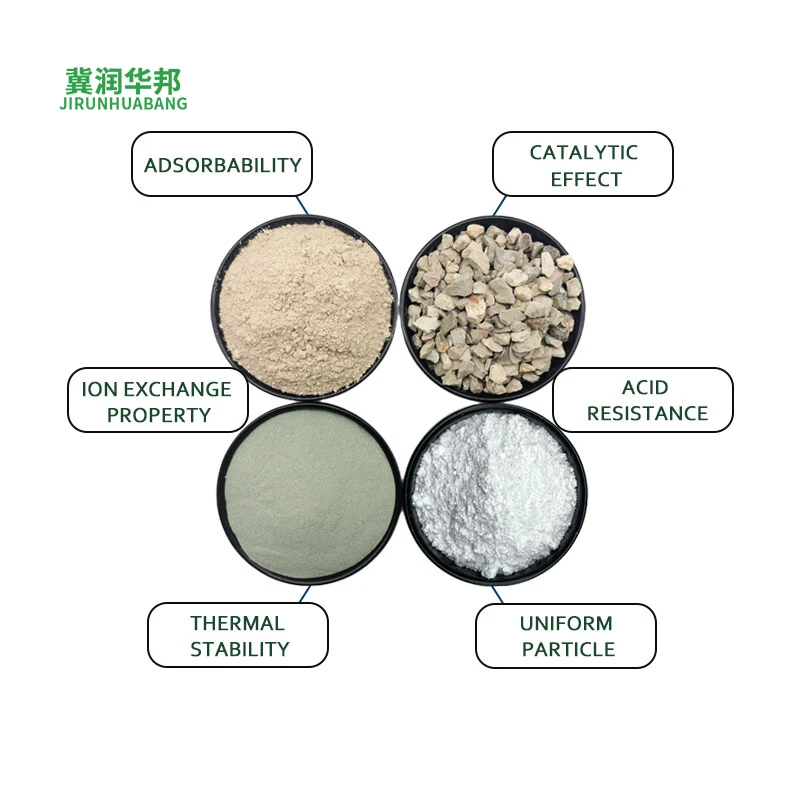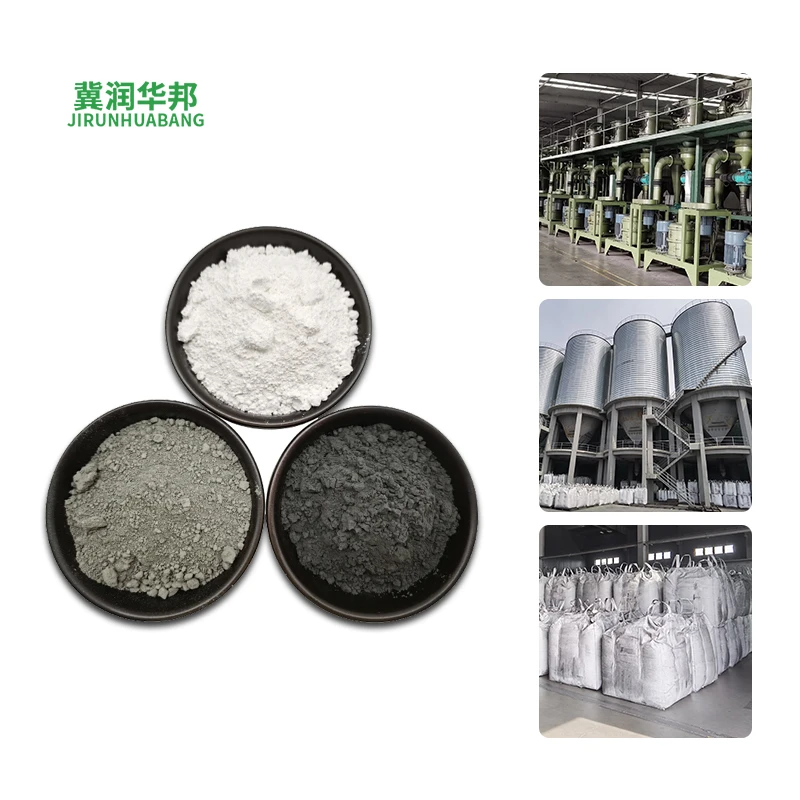polypropylene fiber used in concrete
Back to list
Mar . 05, 2025 03:22
Polypropylene fiber is revolutionizing the concrete industry with its innovative approach to enhancing infrastructure durability and performance. These synthetic fibers are rapidly gaining popularity among construction professionals due to their ability to improve the mechanical properties and longevity of concrete, making it an essential component for modern projects. Derived from the polymerization of propylene gas, polypropylene fibers are renowned for their unique characteristics, including exceptional strength, flexibility, and resistance to environmental factors.
The installation process of polypropylene fibers in concrete is efficient and straightforward, requiring no specialized equipment or extensive labor. These fibers are typically added during the mixing stage, dispersing uniformly throughout the mixture. This simplicity not only reduces installation time but also facilitates quality control, ensuring consistent performance across different batches of concrete. Polypropylene fibers come in various forms, including monofilament, fibrillated, and multifilament options, each designed to meet specific project needs. Monofilament fibers are often preferred for decorative and light-duty applications, while fibrillated fibers are used for more robust industrial uses. This versatility allows construction professionals to select fibers that best suit the particular requirements of their projects, providing tailored solutions without compromising quality. Industry experts and research studies continuously affirm the benefits of polypropylene fiber-reinforced concrete. It has become a staple material in projects around the globe, backed by a wealth of scientific literature supporting its application and performance. Engineers, contractors, and architects who have utilized these fibers in their projects consistently report positive outcomes, underscoring its credibility as a reliable construction material. The growing adoption of polypropylene fibers in concrete reflects a shift towards more innovative, durable, and sustainable construction practices. As the demands on building materials continue to evolve, these fibers stand at the forefront of technological advancement, offering tangible benefits that go beyond traditional construction methods. Embracing polypropylene fiber-reinforced concrete is not just a step towards better building practices; it's a commitment to a future where structures are safer, more economical, and environmentally responsible. With ongoing research and development, the potential applications of these fibers are set to expand, solidifying their place as a cornerstone in the construction industry.


The installation process of polypropylene fibers in concrete is efficient and straightforward, requiring no specialized equipment or extensive labor. These fibers are typically added during the mixing stage, dispersing uniformly throughout the mixture. This simplicity not only reduces installation time but also facilitates quality control, ensuring consistent performance across different batches of concrete. Polypropylene fibers come in various forms, including monofilament, fibrillated, and multifilament options, each designed to meet specific project needs. Monofilament fibers are often preferred for decorative and light-duty applications, while fibrillated fibers are used for more robust industrial uses. This versatility allows construction professionals to select fibers that best suit the particular requirements of their projects, providing tailored solutions without compromising quality. Industry experts and research studies continuously affirm the benefits of polypropylene fiber-reinforced concrete. It has become a staple material in projects around the globe, backed by a wealth of scientific literature supporting its application and performance. Engineers, contractors, and architects who have utilized these fibers in their projects consistently report positive outcomes, underscoring its credibility as a reliable construction material. The growing adoption of polypropylene fibers in concrete reflects a shift towards more innovative, durable, and sustainable construction practices. As the demands on building materials continue to evolve, these fibers stand at the forefront of technological advancement, offering tangible benefits that go beyond traditional construction methods. Embracing polypropylene fiber-reinforced concrete is not just a step towards better building practices; it's a commitment to a future where structures are safer, more economical, and environmentally responsible. With ongoing research and development, the potential applications of these fibers are set to expand, solidifying their place as a cornerstone in the construction industry.
Share
Previous:
